The Asian hornet (Vespa velutina) is an invasive exotic species that has been found in the Netherlands for several years. The hornet is harmful to honey bees, bumblebee species and other pollinating insects, and it also endangers the ecosystem and our environment. For fruit growers, for example, it is a catastrophe when pollinating insects are killed in large numbers.
Nests must therefore be detected. An effective method for this is to place a small transmitter on the hornet.
Robor Nature recently developed a, in several ways, revolutionary system for detecting hornets with a microtransmitter. Modern radio technology allows targeted searches via handheld directional receivers. The transmitters can also be tracked via a smartphone, and they also report over the mobile network, facilitating the search.
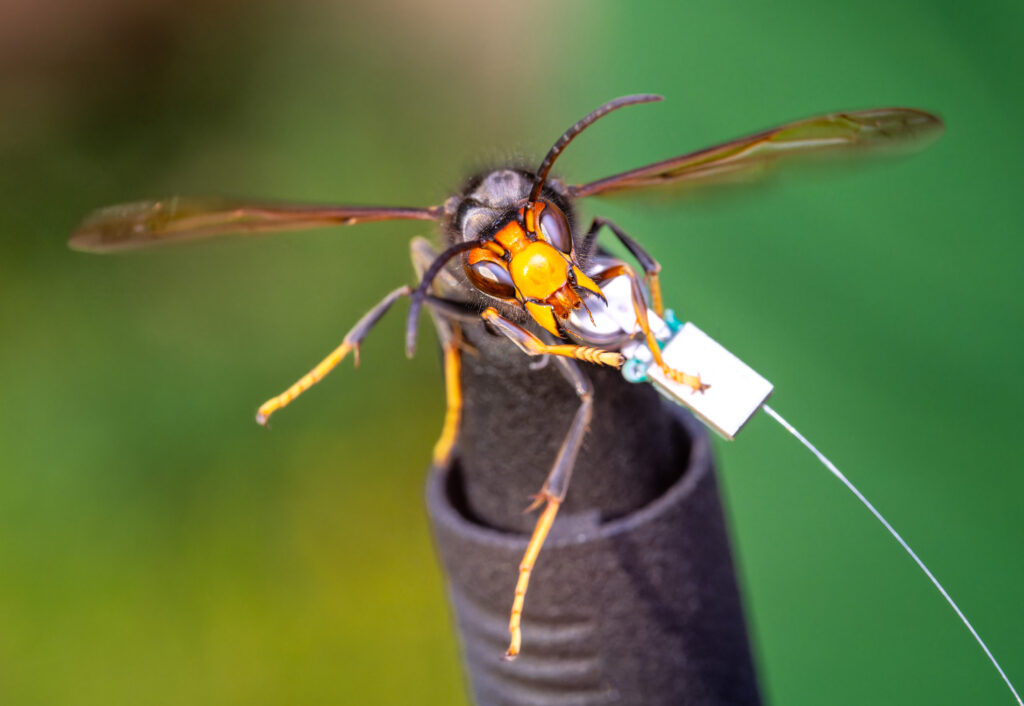
The transmitter itself is very lightweight (<160mg) and has a shorter antenna than previously possible. The hornet is thus less bothered by it in terms of weight and ballast, which increases the likelihood that the hornet with transmitter (after locating the nest) can be recaptured, making the transmitter reusable several times. The transmitter is rechargeable and adjustable via an included controller.
A new and much easier method of attachment has been developed that does not require the hornet to be anesthetized. The application takes 5 seconds. This means less stress for the hornet and anyone can safely do it themselves. The hornet can be released immediately and does not need to recover and recuperate before flying.
Using specially designed auxiliary tools, the transmitter can be easily attached to the Asian hornet. All necessary tools can be found in the AH detection kit.
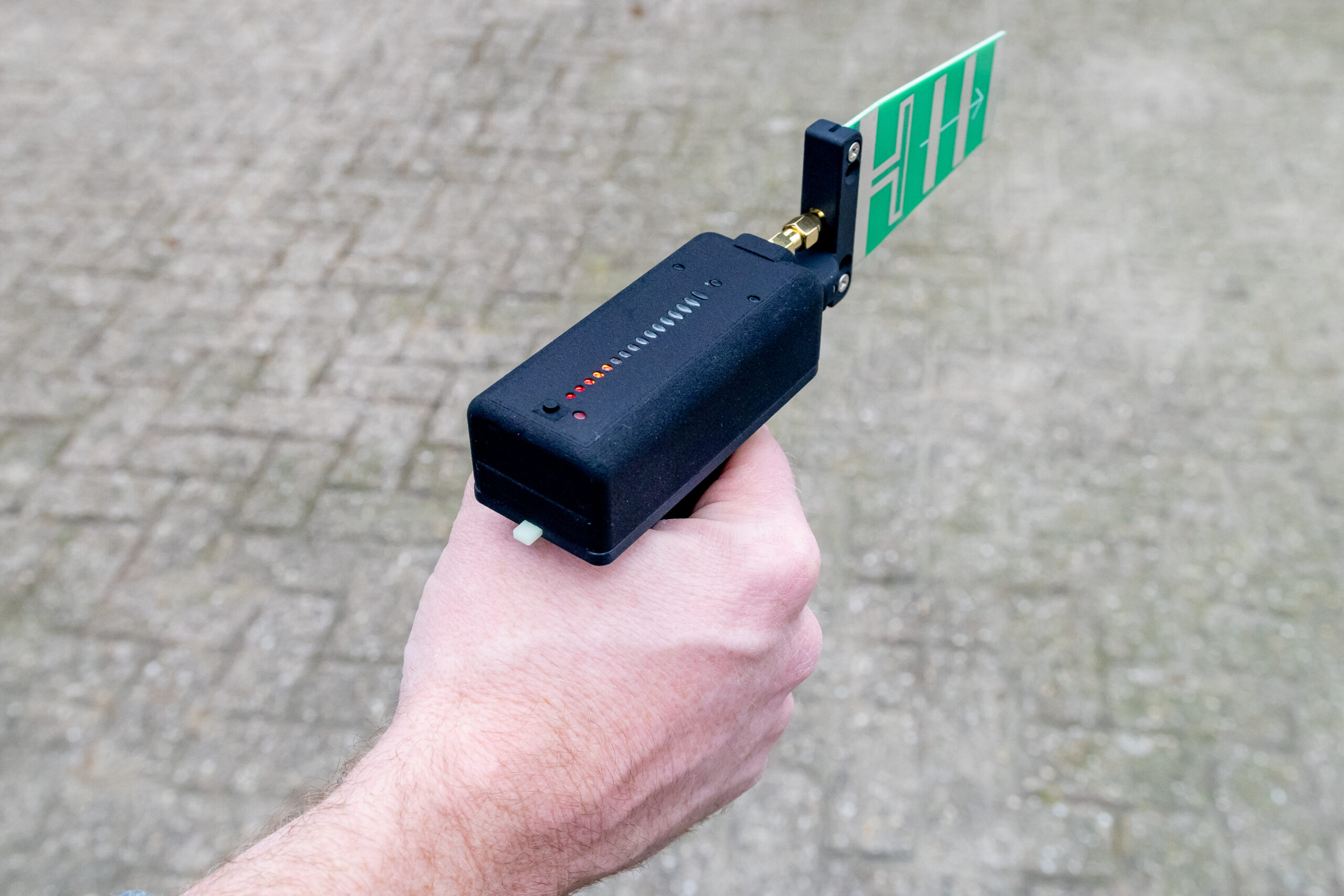
The receiver consists of a handy direction-sensitive antenna with a smart receiver. You can easily track the signal with the antenna. The signal strength on the receiver is indicated by 16 LEDs and in pitch.
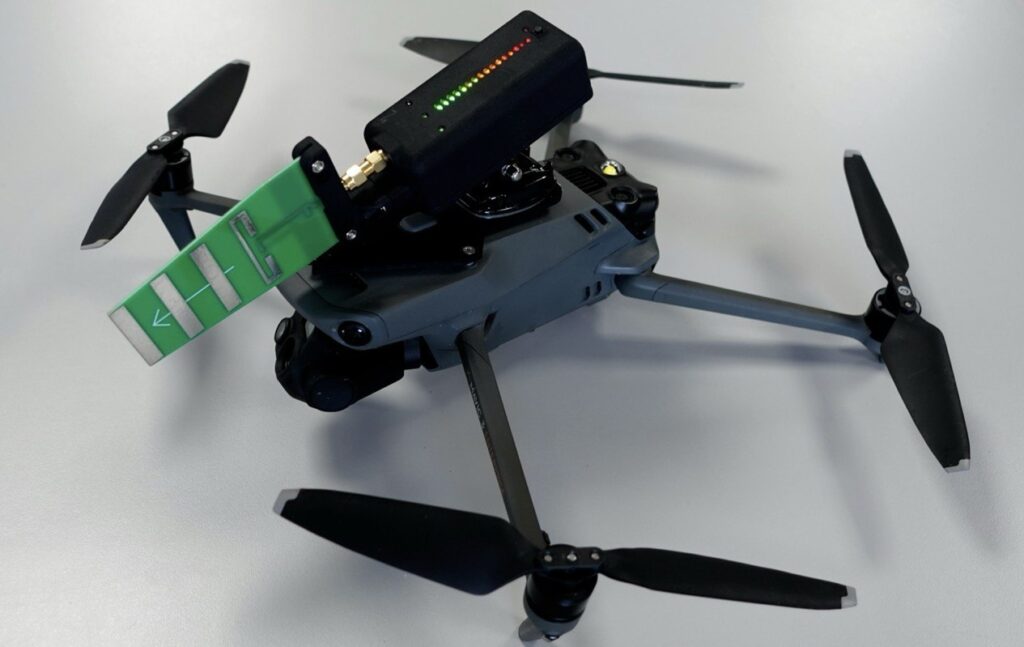
A special receiver has been developed that can be paired with a drone, which can display the signal strength on the remote controller. This offers a significant advantage, as sensitivity and range are greatly increased when searching from higher altitudes. The range is hereby stretched to 2 kilometres.
If one is near the nest, anyone with an Android or IOS smartphone can help search via a special app called Vespa Finder.
If one receives the transmitter on the app, then all other users will also see this received transmitter on the app. Thus, you can quickly locate an Asian hornet nest with a group of app users. You can do this while walking, cycling or in combination with the ultra sensitive receivers on the car.

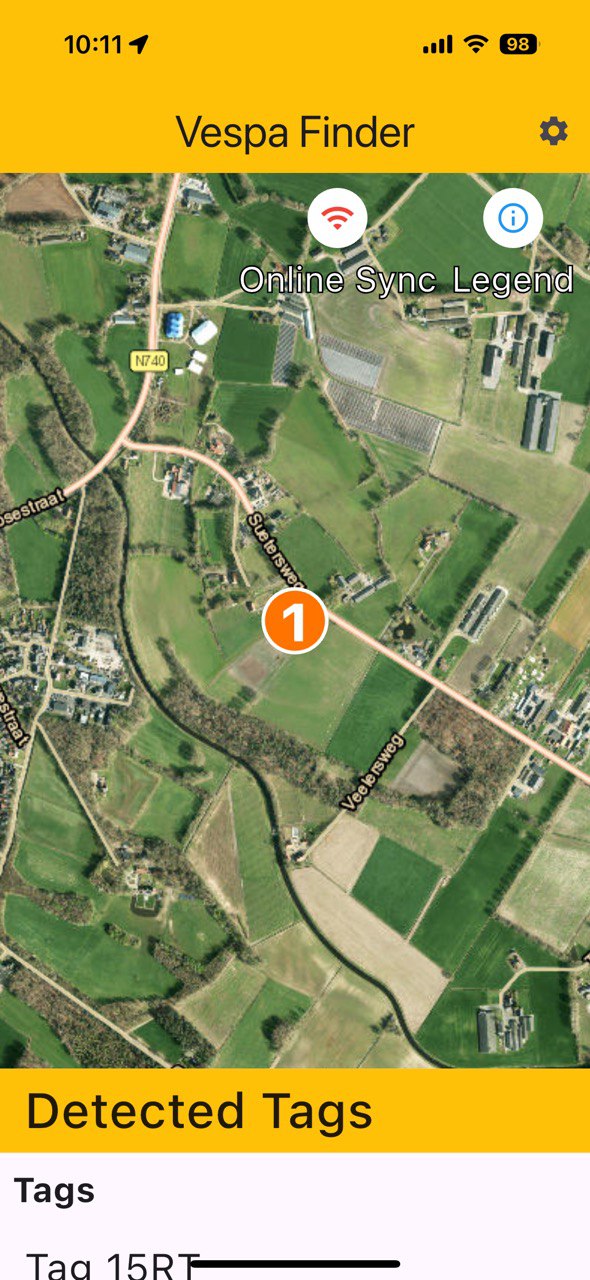
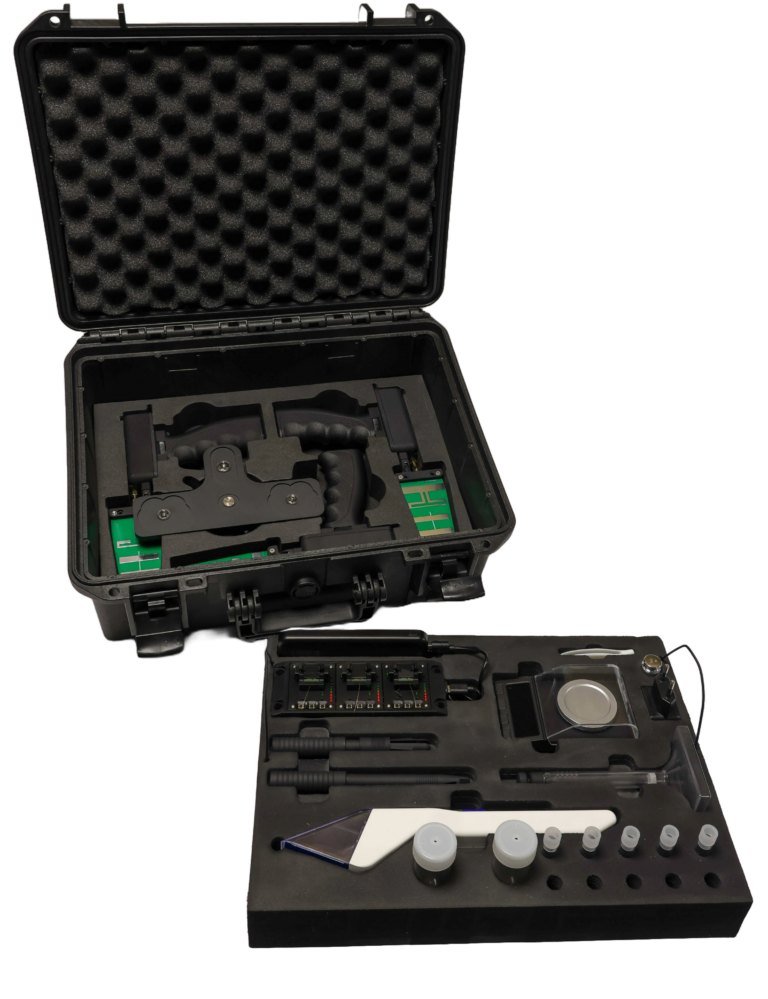

With everything there is, we see how it can be done better, smarter and more practical. So let’s get started on that! How can it be more efficient and convenient and how can we use the hardware that is currently being used for this?
Powered by Robor Electronics BV